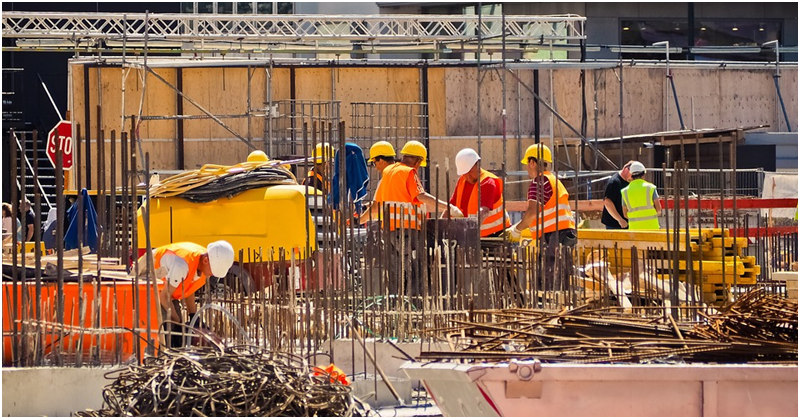In marked anticipation of the government’s implementation of the new visa status for blue-collar workers from other nations, the government has been keen on organizing labour policies and implementing new systems that will serve to the benefit of the added population starting this year.
And while we know that the situation is bad, we don’t really know how bad it’s gotten since the country has reached its lowest point in terms of labour and manpower, say, in the last fifty years.
Japan’s Labour Shortage Hits an All-time High in 45 Years
As of last year, there were 161 jobs for every 100 jobseekers on average in Japan, the highest ratio since 1973, casting more light on the labour shortage situation in the world’s third-largest economy and its ageing society, as shared in a report by Japan Today.
Based on the ministry data released last February 1, the ratio had gotten even higher in December, at 163 jobs for every 100 personnel looking for work.
The Japanese labour market has been grappling with manpower shortage amid a rapidly ageing population and a low childbirth rate.
Along with the labour shortage, Japan has also been battling against deflation. Just last month, the Bank of Japan lowered its inflation forecasts for the fiscal year ending March next year to 0.9% to 1.4%.
Japan’s economy downsized in the three months to September after a series of natural disasters hit consumer spending as well as exports. However, analysts predicted a rebound in the last quarter of the year all due to a broadly solid global economy.
The entry of 2019, though, brings a much more promising outlook for Japan’s economy and overall labour situation with the entry of foreign works under the new visa scheme that would enable them to even apply for permanent residency under certain conditions. This is expected to push until 2020 when the Olympic and Paralympic Games will be held in the country’s capital, drawing hundreds and thousands of visitors all over the world.
